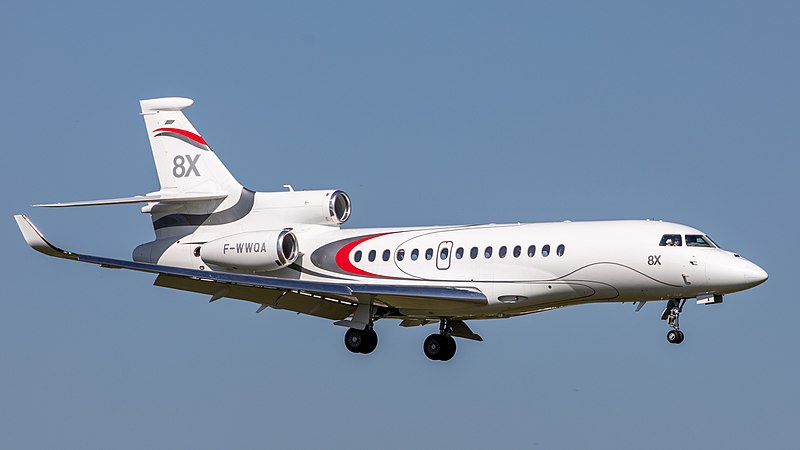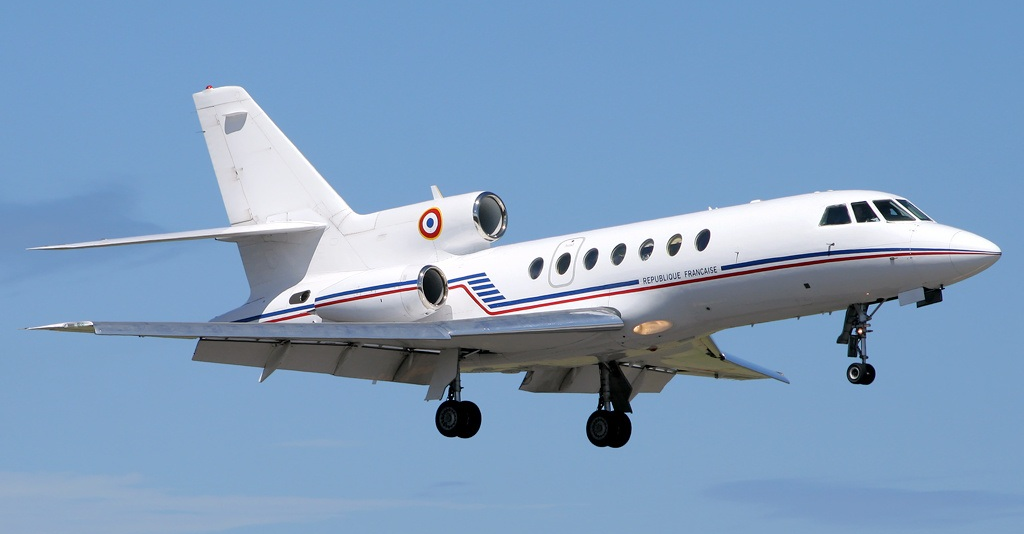Understanding the Airworthiness Directive Impact on Pratt & Whitney Canada-Powered Business Jets.
A significant issue effecting business jet flights is emerging as airworthiness directives (ADs) issued for specific Pratt & Whitney Canada Corp. (P&WC) engines affect a range of popular business jets. This development impacts aircraft operators and manufacturers and resonates with businesses and travelers who rely on these jets for efficient and comfortable travel.
The business jets impacted by these directives:
- Dassault Falcon 8X (PW307D engine)
- Dassault Falcon 7X (PW307A engine)
- Dassault Falcon 2000 series (PW308C engine)
The airworthiness directives (ADs) involves potential defects in the High-Pressure Turbine (HPT) disks of P&WC's PW307A and PW307D engines. This concern came to light following a serious incident involving an Airbus Model A321-231, leading to stringent investigations and subsequent directives from aviation authorities like the FAA and Transport Canada.
Complying with these directives is not just a regulatory formality; it's a critical step in ensuring the safety and reliability of these aircraft. Operators are required to remove and replace the affected HPT disks. The timeline for these replacements can vary, and the costs involved may be significant, depending on the specific requirements and the number of engines affected. It's a complex process that requires coordination with manufacturers, maintenance teams, and regulatory bodies.
These directives' financial and operational impact can be substantial. Operators might face direct costs for part replacements and indirect costs due to aircraft downtime. The issuing authority typically sets the timelines for compliance, ranging from immediate action to a scheduled maintenance plan. Operators must stay informed and plan accordingly to minimize disruptions.
The ripple effect of these directives goes beyond the specific models mentioned. The aviation industry is tightly interconnected, and such safety concerns can influence perceptions and regulations. It's a reminder of the importance of rigorous safety standards and proactive maintenance in aviation.
The airworthiness directives for P&WC engines serve as a critical checkpoint in the aviation industry's ongoing commitment to safety. For businesses and travelers. As the situation evolves, staying updated.

